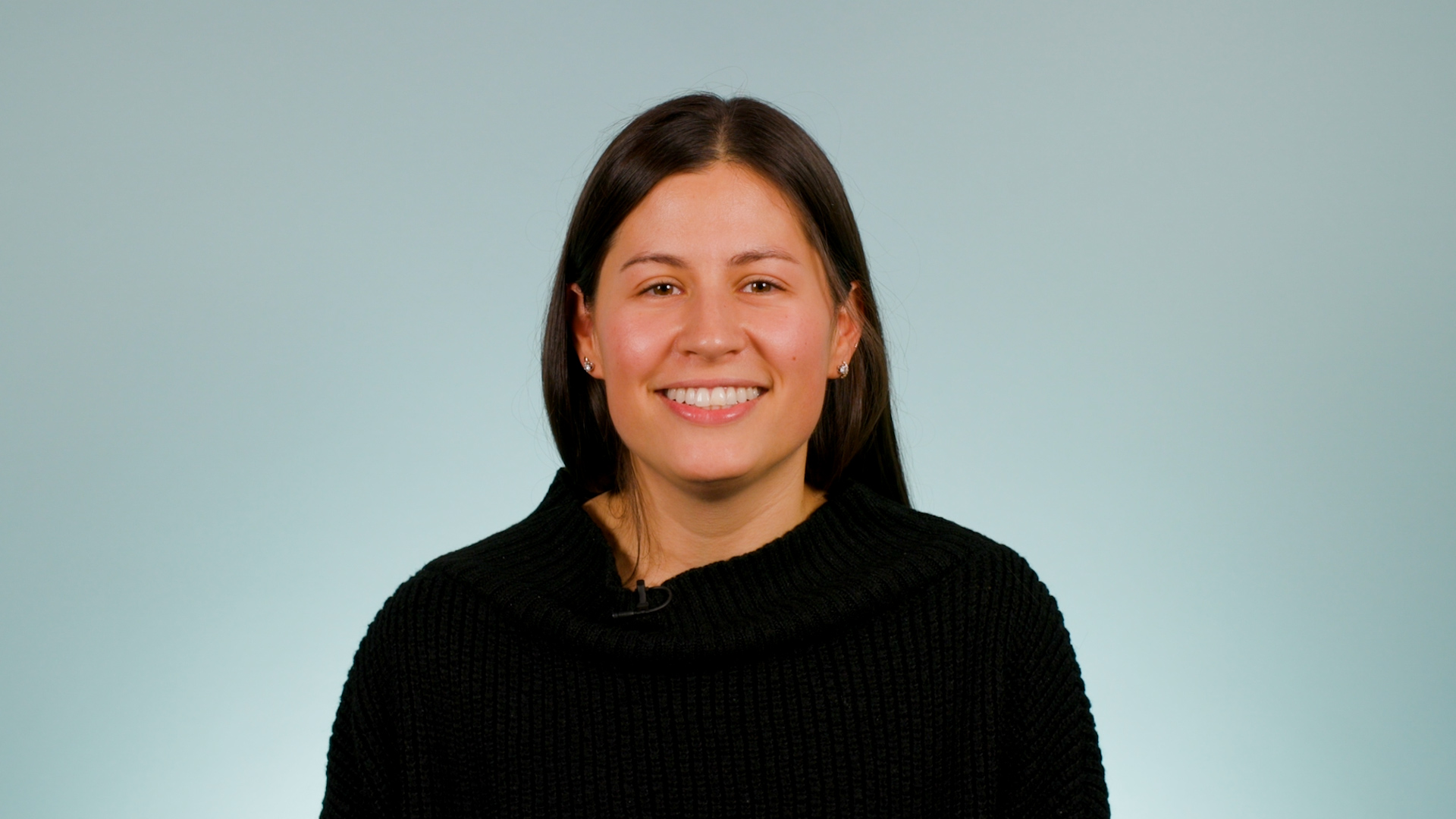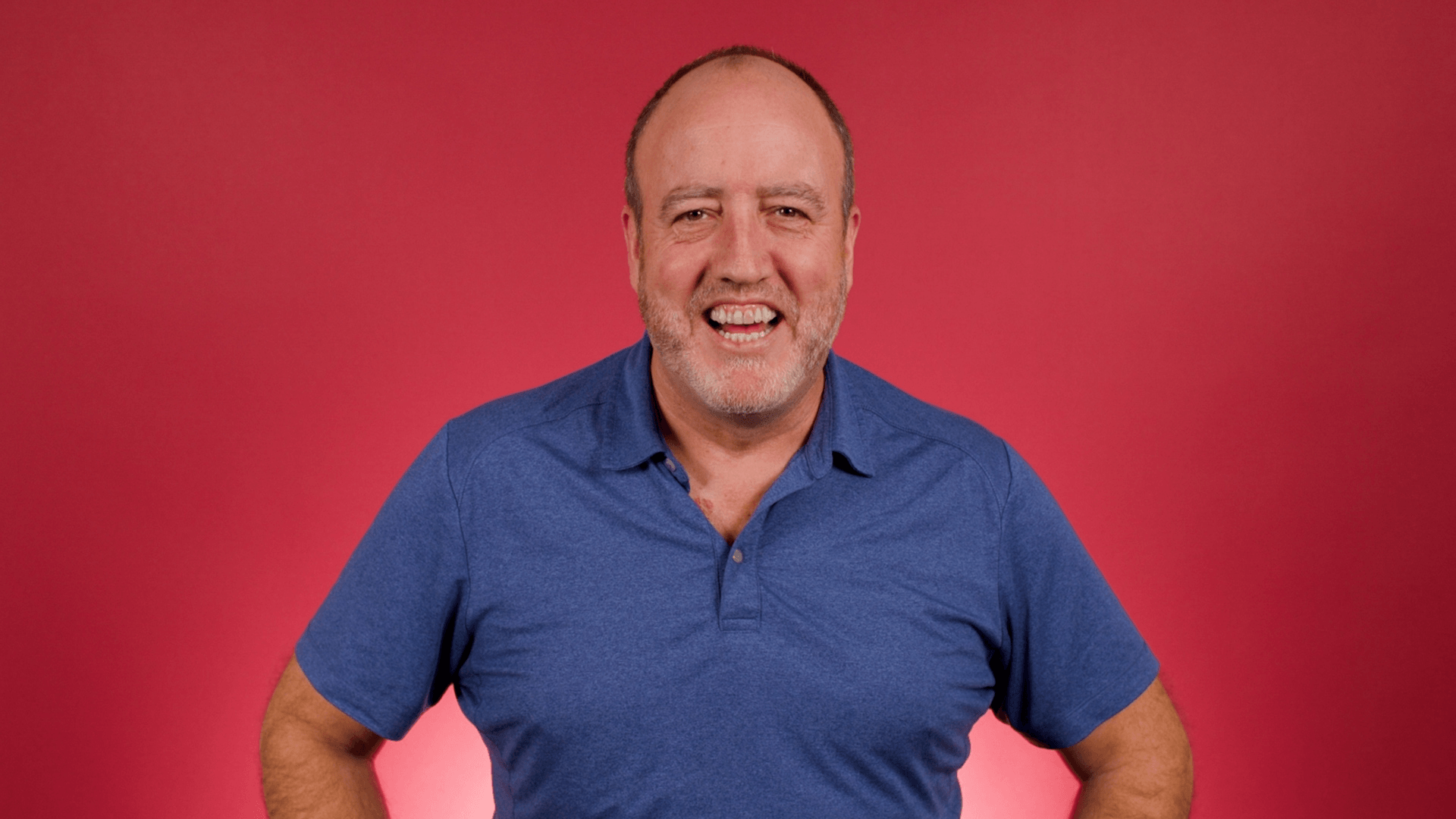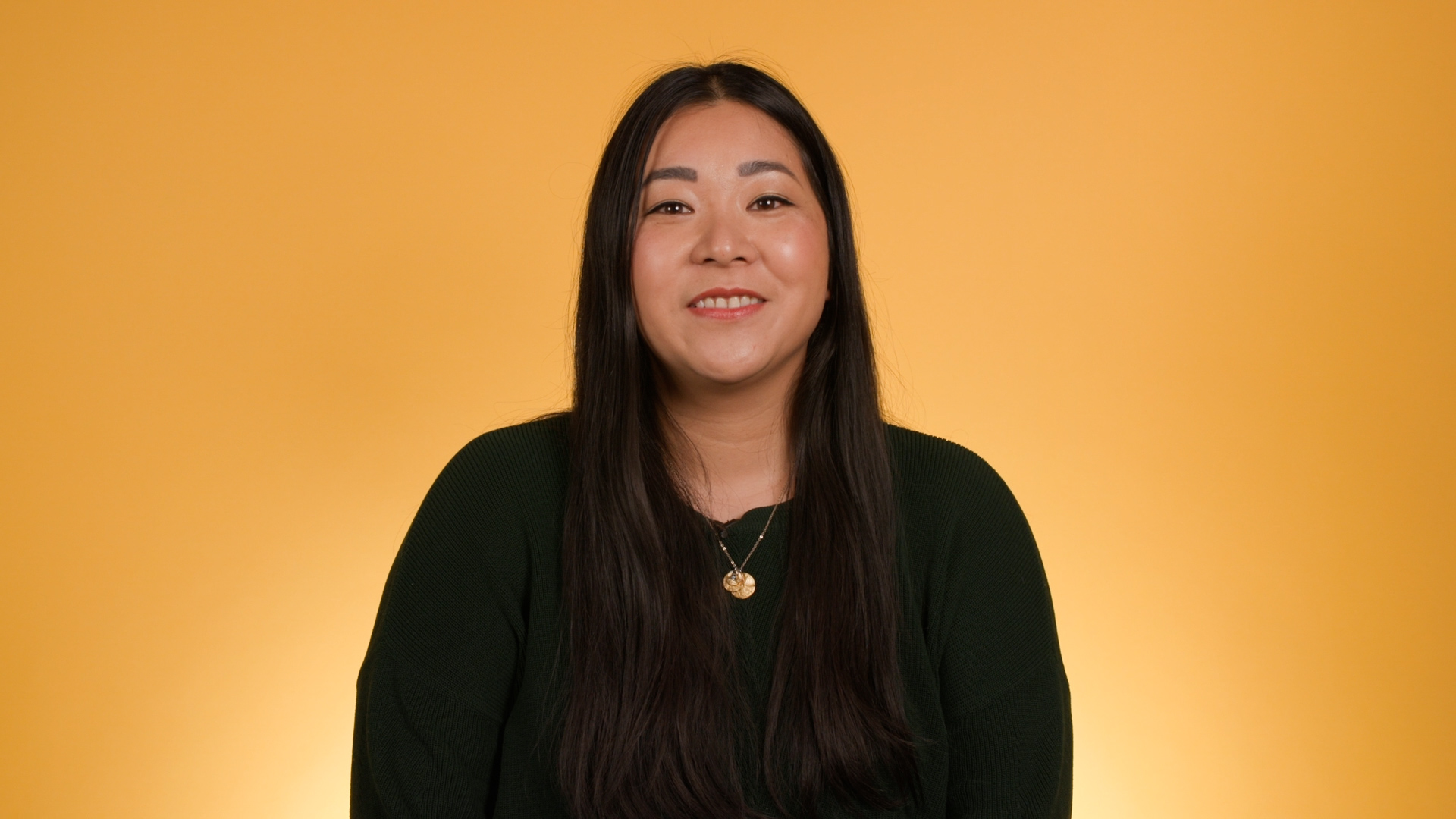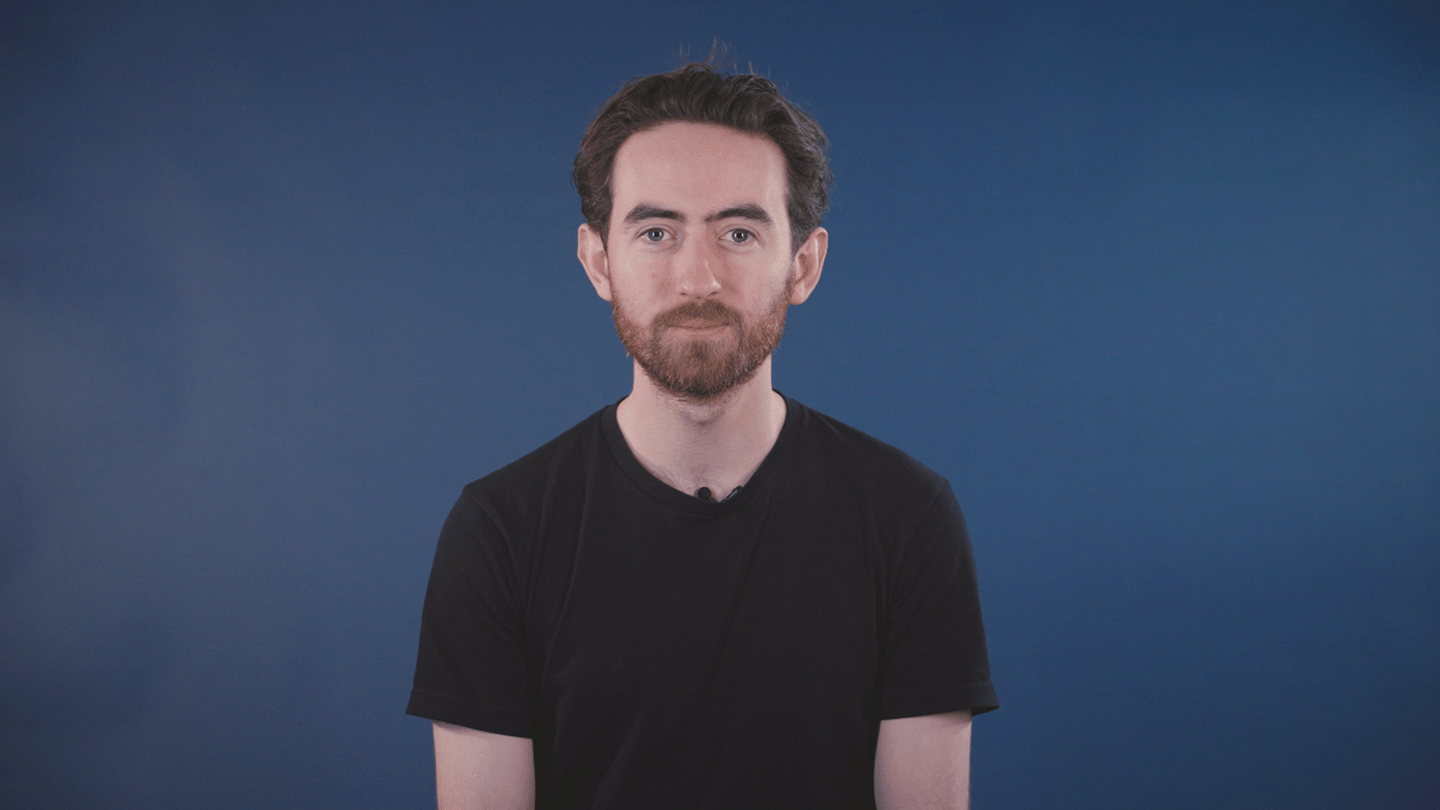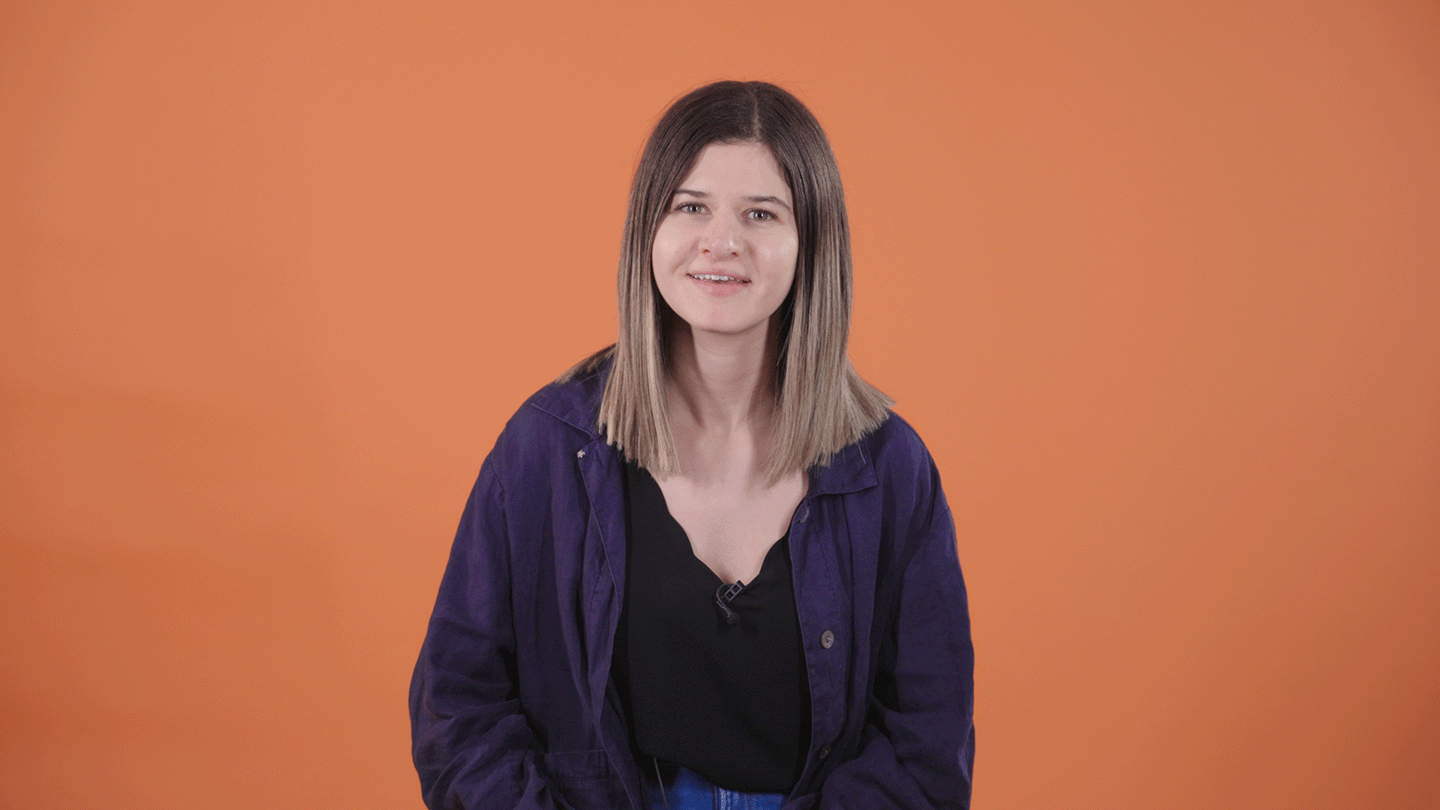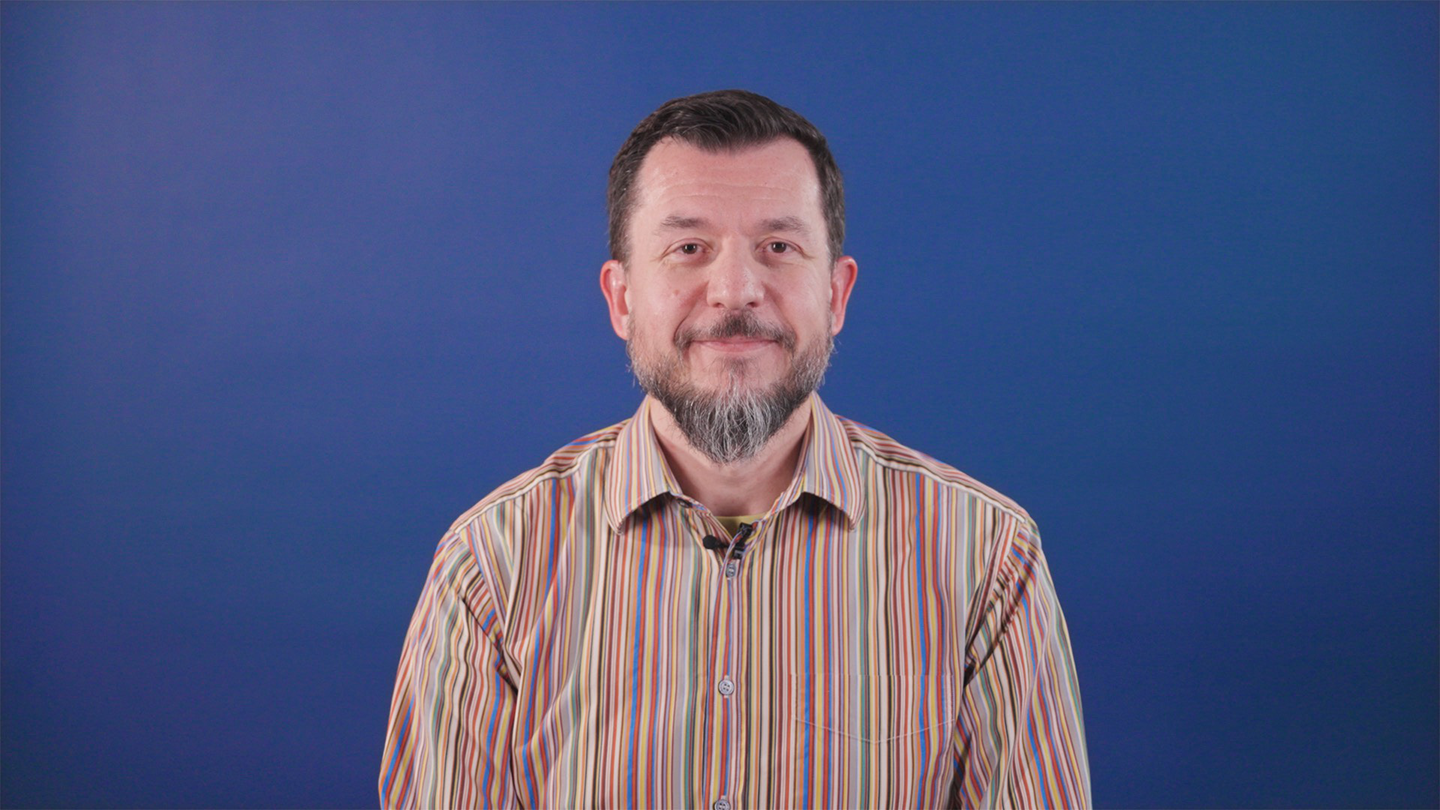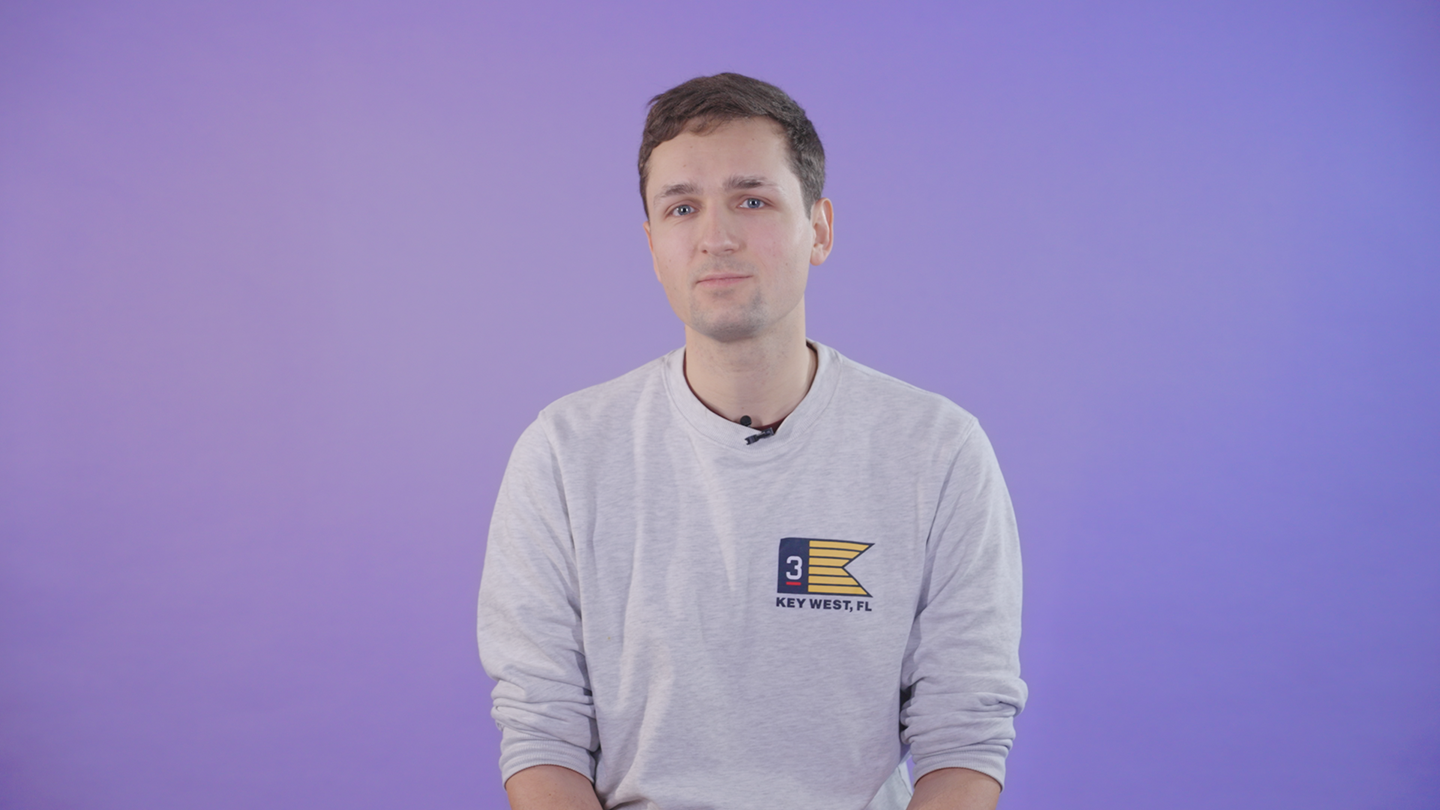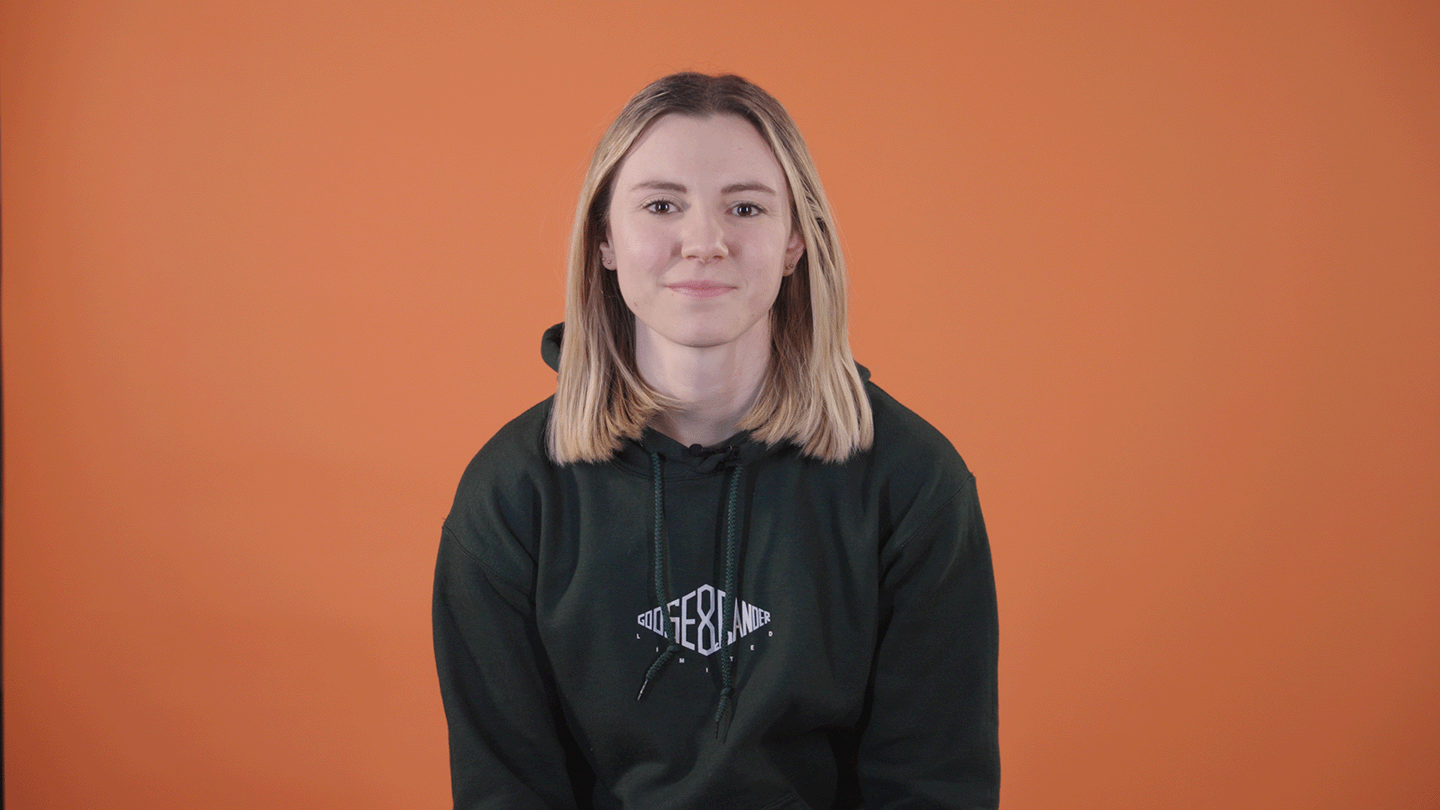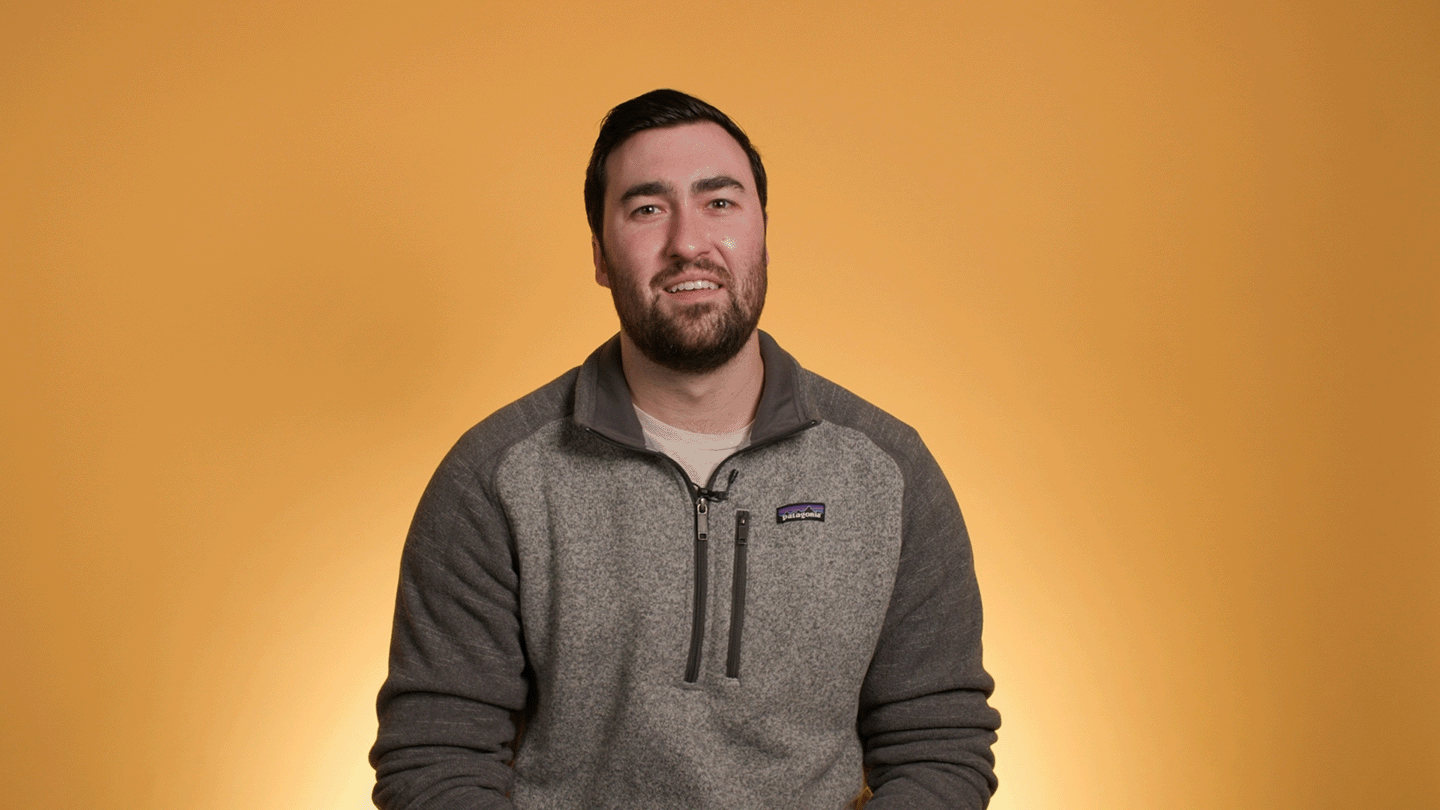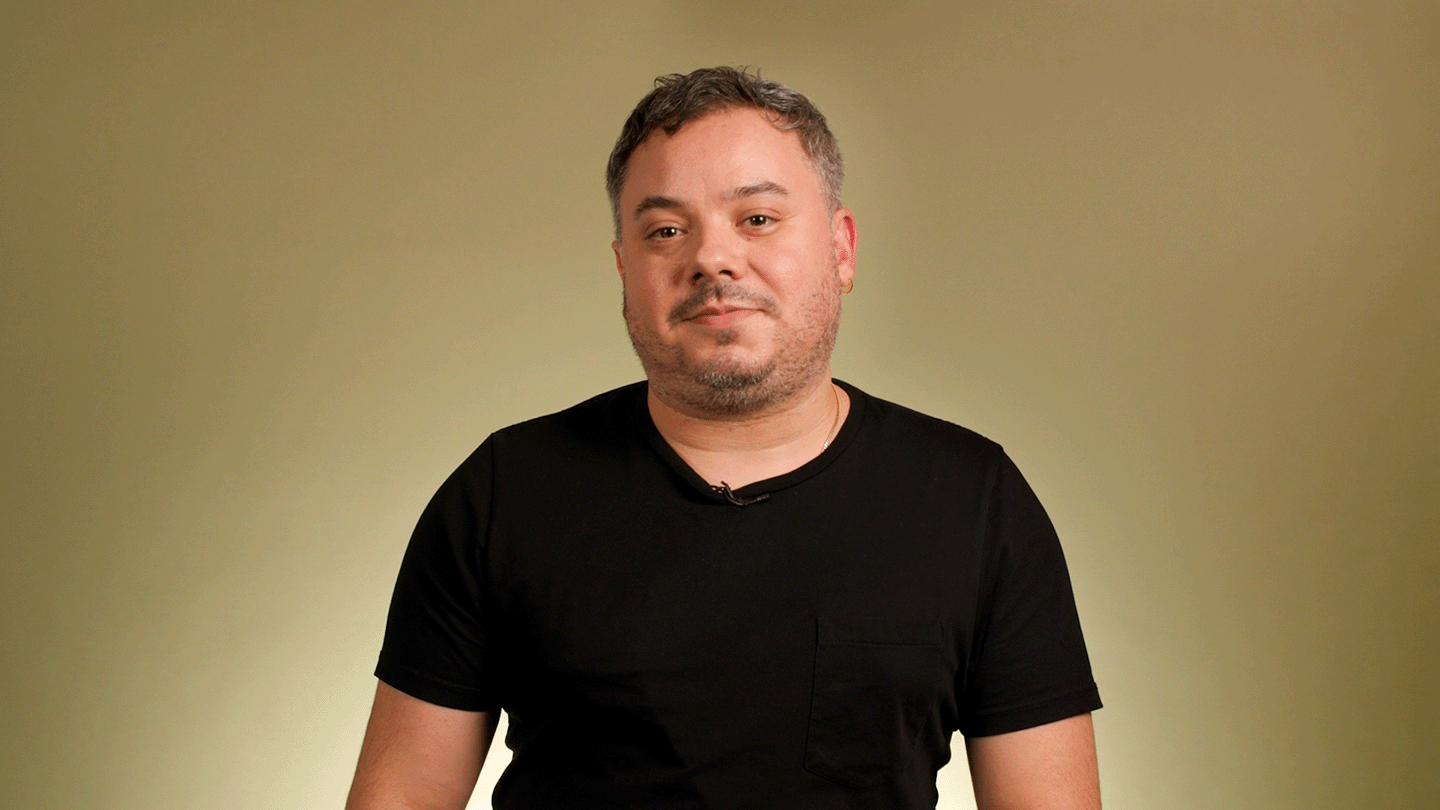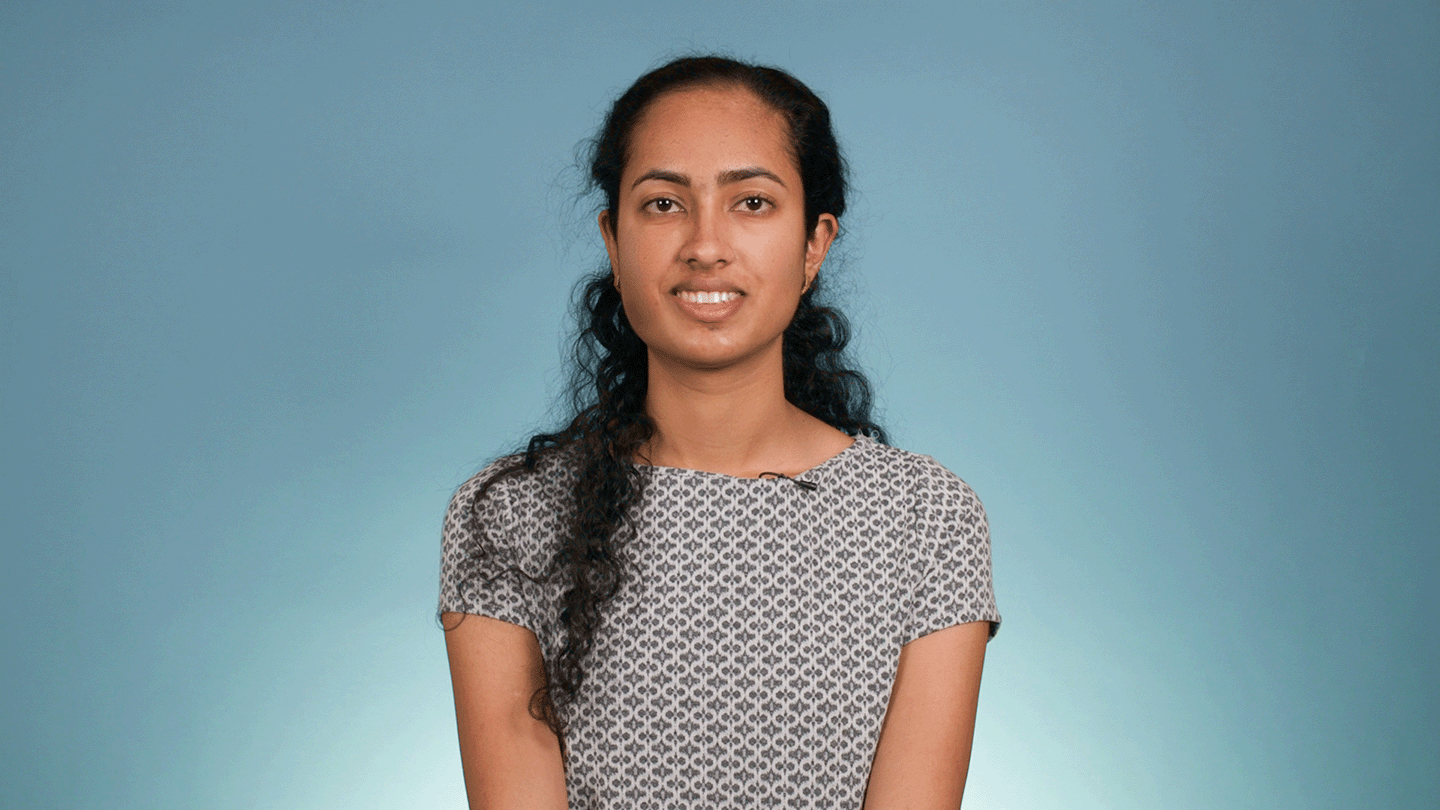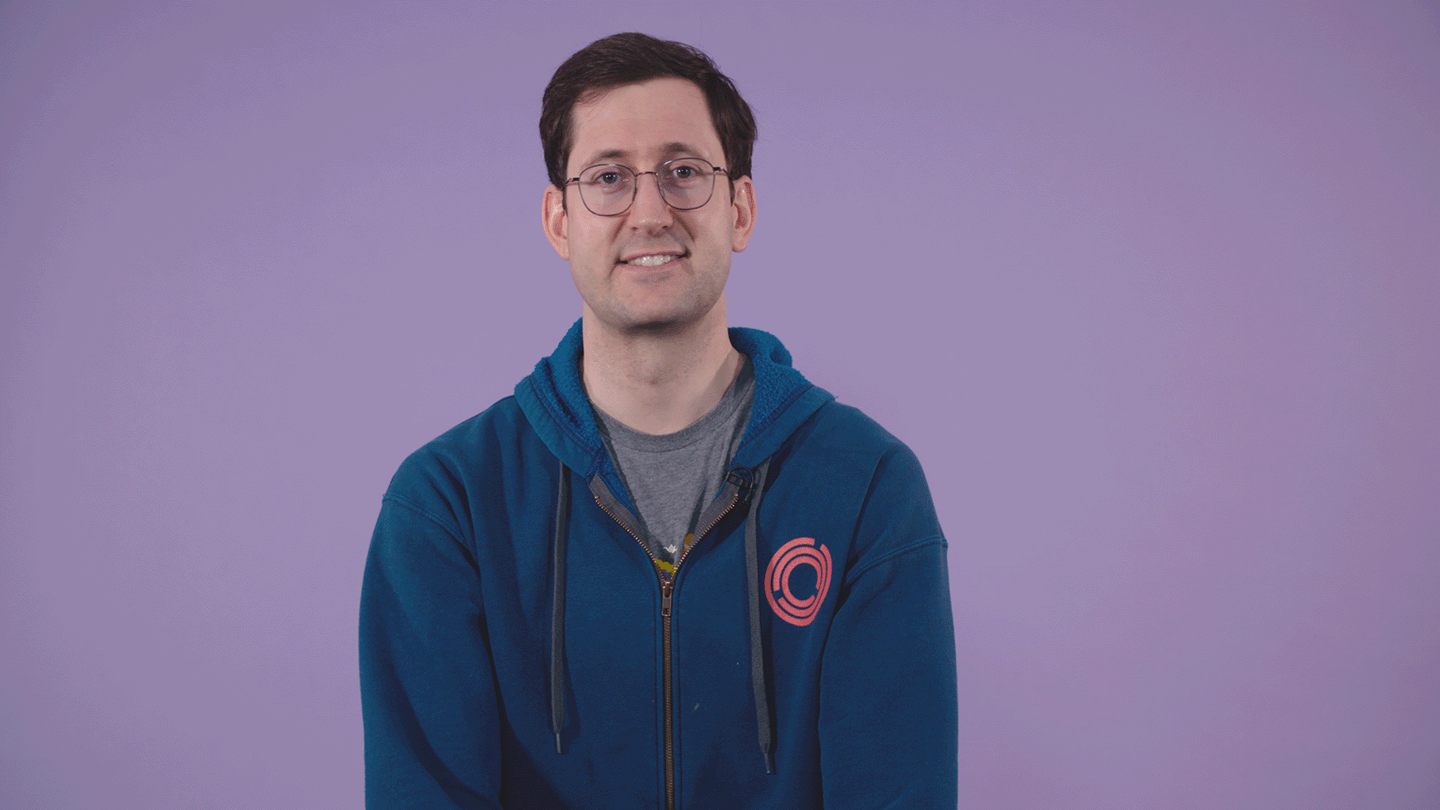Transcript
GET TO KNOW US | JANE STREET
I’m Alistair. I am a trader in the London office. I started working here in 2019.
WHAT TYPE OF COURSEWORK PREPARED YOU FOR YOUR ROLE AT JANE STREET?
At university I studied maths and stats and I mainly focused on probability and statistics. There were some statistical techniques that I found useful doing research in my day-to-day job. But overall, the most important thing that I learned was definitely the problem-solving skills rather than kind of any hard concepts. For our trading interviews, the rounds probably require something like a beginner class at university on probability, like a first year kind of class. But I don’t think you should feel required to take anything in particular.
WHAT ARE SOME WAYS TRADING INTERNS LEARN ABOUT TRADING?
We have a mock trading environment where we can simulate an exchange and we take the concepts that we’ve taught you, come up with some sort of scenario that demonstrates them and teams then prepare to trade around that scenario, and then go and execute the trades in the mock trading. I think most people find that part to be the most fun. I definitely found it the most fun when I was an intern. Another large fraction of the internship is spent doing project work. That might be looking into a trading idea or into some kind of effect that people have seen in the market and want to know more about. For that, you’d be working with a full timer and working on their desk. You might even get to do a couple of projects.
WHAT TYPE OF TRAINING DO NEW TRADERS GO THROUGH?
When new traders start, they spend a month learning about OCaml, which is Jane Street’s functional programming language, or the one that we use the most. After that, there is roughly six months of what we call teach-ins, which are periods of new hires working with different desks, understanding the trades that they do, the products that they trade, and how they think about trading so that they can take the ideas from all across the desks and apply it to the desks that they’re working on.
WHAT IS YOUR DAY-TO-DAY LIKE?
A typical day might look like me coming in at, say, half seven. Checking what’s happened overnight. If there’s anything interesting that we should be thinking about, maybe grabbing a coffee if it’s not too busy. London markets open at 8 a.m. and the first two hours from there are generally pretty busy. We’re doing trades, thinking about new trades that we should be running for the day or for multiple days, checking whether our systems are doing the right thing. After that, when things get a little bit quieter, there might be time to do some research or to chat with others about the projects that they’re working on, maybe those are research projects as well, or sort of infrastructure tech work. When our New York colleagues come in, it’s fairly similar, again, having meetings, discussing plans for trades that we might want to do, and that’s up until the end of the day where maybe some of my colleagues might go to the gym and I’ll sometimes join them.
WHAT IS YOUR FAVORITE THING ABOUT WORKING AT JANE STREET?
My favorite thing about working at Jane Street is the fact that you get to work with a group of very smart people and everyone’s opinions are valued equally, even those who’ve joined very recently. And you get to do all this whilst being in a really relaxed environment. There’s great free food and people have drinks upstairs after work. So it’s not just an interesting place to be academically, but it’s also a nice place to be just from a lifestyle side of things.

